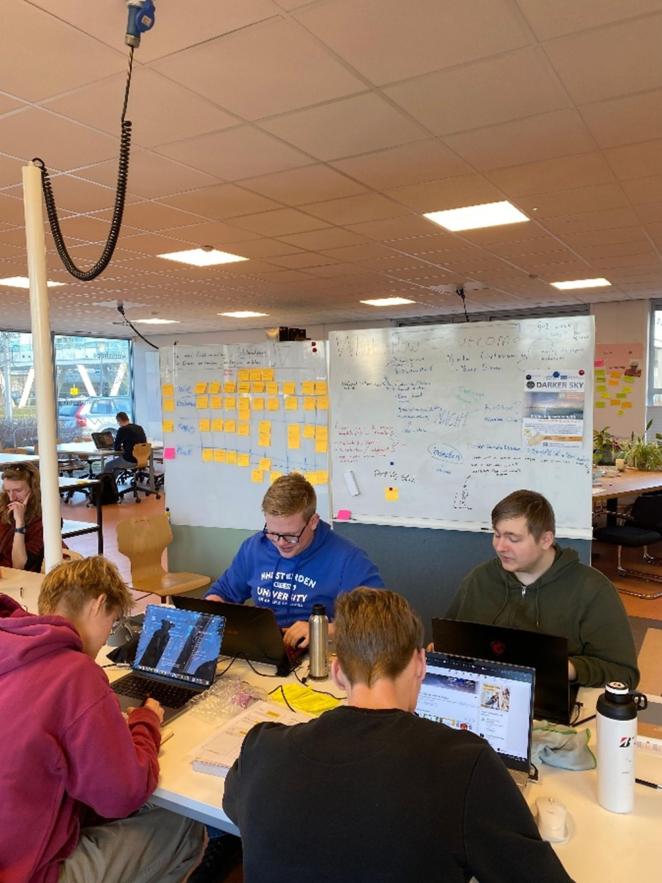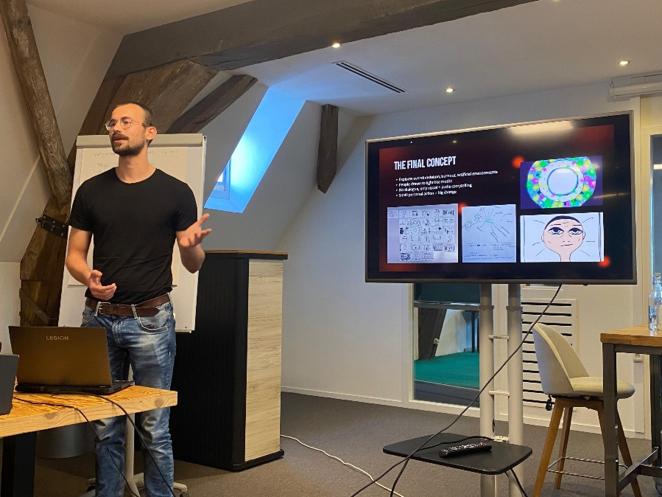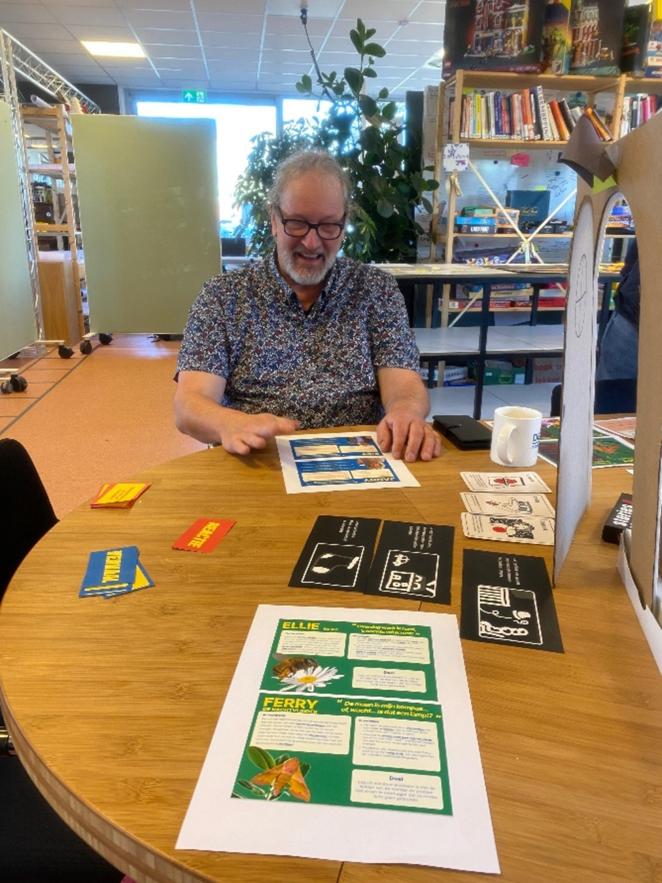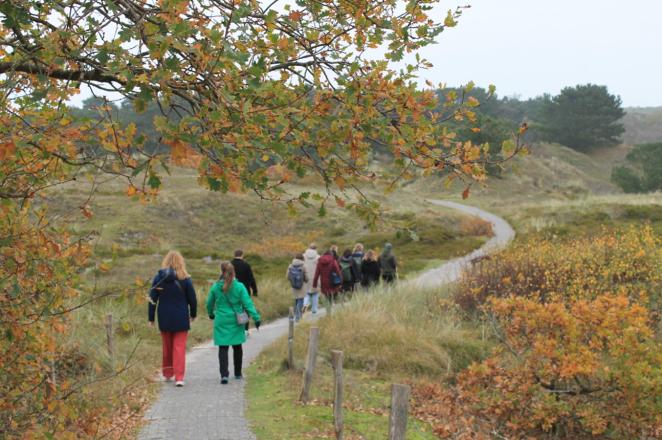What happens when students from other areas of expertise collaborate and work together on a complex social and ecological issue? As a wildlife management student during an internship in the context of the DARKER SKY Project, I discovered how powerful education can be when it moves beyond traditional frameworks.

Photo: Nienke Aal
Darkness as a theme, collaboration as a method
The Interreg North Sea Project DARKER SKY aims to reduce light pollution, stimulate and protect biodiversity and promote ecological connectivity. But how do you convey the value of darkness to a broad audience that is used to an illuminated world? And how do students approach this topic when they have no previous affinity with light pollution?
This challenge was taken up by students of the minor Design for Complex Problems from NHL Stenden, the Netherlands. They delved deeply into the issue and worked together with various stakeholders in a co-design approach. Through conversations and interactive sessions, they developed creative interventions that not only inform, but also encourage reflection and behavioural change. For example, the students showed eight pictures of different types of light pollution and asked seventeen people to rate each as either “good” or “bad”. This resulted in, for instance, a living room showing light through the window at night being rated “good” by fourteen out of seventeen participants, while greenhouse lighting was rated “good” by only two out of the seventeen participants.
It was remarkable that the students did not come up with ready-made solutions, but approached the challenging topic with an open mindset and a strong focus on context and experience. Awareness was treated as a shared learning process, where listening was just as important as designing.

Photo: Nienke Aal
Play on feeling
In addition, I observed students from the course Communication and Multimedia Design (CMD), also from NHL Stenden, the Netherlands. These students took a different approach; they created a board game and an animation to raise awareness about light pollution. Their strength lays in storytelling and visual impact. By making the topic accessible through game elements, emotion, and music, they were able to make people think about the issue.
Their work showed that awareness is not only about facts and figures, but also about experience, wonder, and even humour. The game took players through four different habitat types, each with a distinct light effect. Light was the villain in the game, causing players to experience negative impacts and ultimately lose the game. The animation illustrated the effects of light pollution on insects, translated to humans: the human character became increasingly exhausted, was being pushed to the limit, and slowly transformed into a moth. In this way, combined with music, the sense of relief was sensible when the curtains finally closed. After seeing the animation, five out of nine people reported feeling sad or scared for the future of biodiversity. They were not actively aware of the problem and their feelings on this topic before.

Photo: Nienke Aal
The connection with wildlife management
As a wildlife management student, I saw how light pollution not only has an ecological, but also a significant social dimension: the effects of artificial light at night have a huge negative impact on insects, biodiversity, and natural behaviours. At the same time, the problem needs to be made recognizable, and raising awareness is essential; only when people reconnect with nature can they truly understand the importance of darkness and flip the switch to contribute to nature conservation.
The collaboration between different study programs showed that we can only tackle complex problems by combining our perspectives. Designers, ecologists, and storytellers; they all contribute to creating a nature friendly night.

Photo: Anna Vollmer
Learning beyond the paved path
My internship at the DARKER SKY Project was not typical for a wildlife management student. It was a learning experience that challenged me to engage with both societal and ecological issues, and above all, it showed me the power of creative, collaborative education.
Whether through a co-design process, an educational game, or an animation, each initiative contributes to something greater: making the invisible visible, protecting what is often forgotten, and connecting people to something we all value: nature.
Author: Nienke Aal
